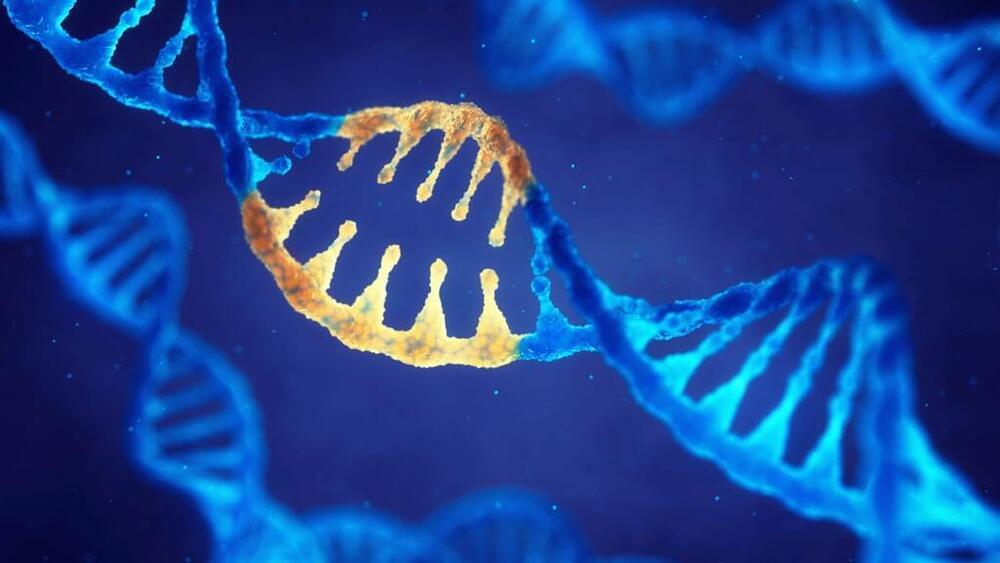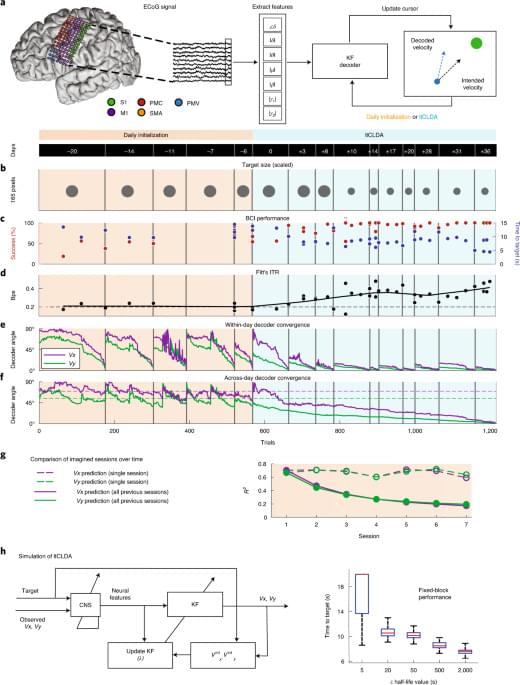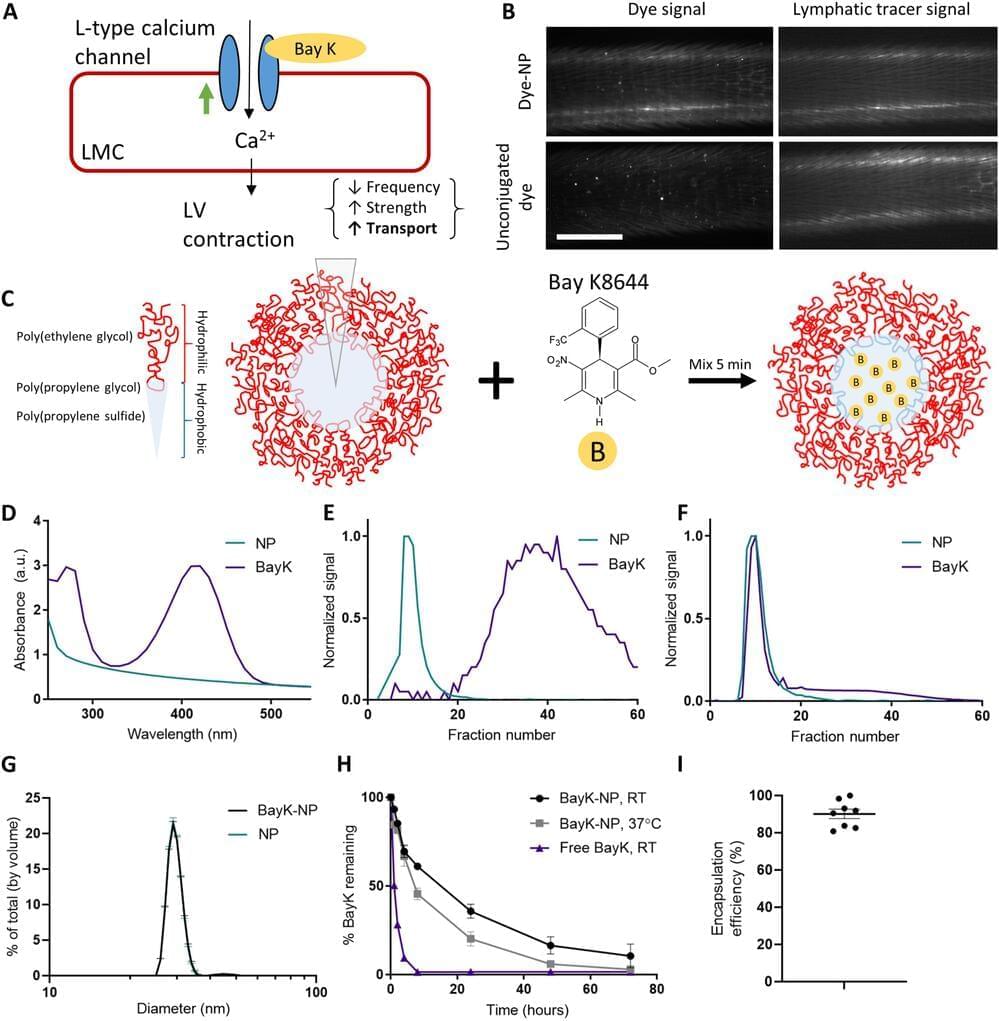It’s a long-debated flaw in CRISPR: When you try to give Cas9 to a patient to snip its DNA, that person’s immune system may recognize that the protein comes not from us but from our ancient microbial foes. And it might then attack.


Scientists transplanted human cerebral organoids (“minibrains”) into rats, to better study brain disorders. The neurons grown in vivo looked more like mature human brain cells than those grown in vitro, and they made better models of Timothy syndrome. The human minibrains formed deep connections with the rat brains, received sensory information, and drove the rat’s behavior.
More on how minibrains are grown and used, and the issue of organoid consciousness: https://www.youtube.com/watch?v=u6FGq7_t3Eo.
On the topic of organoid sentience and playing pong: https://www.youtube.com/watch?v=67r7fDRBlNc.
Support the channel: https://www.patreon.com/ihmcurious.
Sitcom music by John Bartmann: https://johnbartmann.com
Chapters:
0:00 Intro.
0:43 Growing Organoids.
2:57 Minibrains in Science & Medicine.
4:46 Giving Minibrains Psychedelics.
5:26 Minibrains With Eyes.
6:30 Can Minibrains Feel?
7:22 Looking For Consciousness.
9:03 The Future of Minibrain Research.
10:47 Human Minibrains Grafted Onto Mice.
12:10 What’s Next?
Videography by Island Fox Media.
Sound by Kutan Katas.
Patreon: https://www.patreon.com/IhmCurious.
Twitter: https://twitter.com/IhmCurious.
Music.
If a free-floating brain could feel pain or ‘wake up,’ how would we know? That’s an important ethical question — and it’s one we need to ask more often as labs around the world create new organoids, or miniature human organs. To answer it we talked to Jay Gopalakrishnan at his ‘mini brain’ lab for centrosome and cytoskeleton biology in Düsseldorf, Germany.
STUDY: https://www.cell.com/cell-stem-cell/fulltext/S1934-5909(21)00295-2
#brains #organoids #ethics #Germany #India.
More Science unscripted:
- Spotify — https://open.spotify.com/show/12TYXSLLcUf9nw7QVyBZXp.
- Apple — https://podcasts.apple.com/us/podcast/science-unscripted/id253428066
- Google — https://podcasts.google.com/feed/aHR0cHM6Ly9yc3MuZHcuY29tL3h…Y3JpcHRlZA
- Deezer: https://www.deezer.com/de/show/40077
- Amazon — https://music.amazon.co.uk/podcasts/d5edfb46-a6e2-4d31-b…unscripted.
DW science:



If “junk” DNA goes toxic, does that suggest it had an original normal function? See the conclusion of this new paper, “Native functions of short tandem repeats” (emphasis added):
Historically, repetitive elements within human genomes have been viewed as mostly unregulated ‘junk DNA’ that is not under selective evolutionary pressure. As such expansions of these repetitive elements are unfortunate accidents which become apparent and important only when they elicit highly penetrant and syndromic human diseases. Consistent with this line of reasoning, the field of REDs [Repetitive Element Diseases] has largely focused on emergent toxic mechanisms as drivers of disease only in the setting of large STR [Short Tandem Repeats] expansions rather than considering their pathology as alterations in the native functions played by these repeats in their normal genomic contexts. Here, we propose re-framing the discussion around repetitive elements in general — and STRs in particular — within human genomes.

For a while now, we’ve known there’s a complex interplay between our hormones, guts, and mental health, but untangling the most relevant connections within our bodies has proved challenging.
New research has found a single enzyme that links all three, and its presence may be responsible for depression in some women during their reproductive years.
Wuhan University medical researcher Di Li and colleagues compared the blood serum of 91 women aged between 18 and 45 years with depression and 98 without. Incredibly, those with depression had almost half the serum levels of estradiol – the primary form of estrogen our bodies use during our fertile years.

The human body is made up of thousands of tiny lymphatic vessels that ferry white blood cells and proteins around the body, like a superhighway of the immune system. It’s remarkably efficient, but if damaged from injury or cancer treatment, the whole system starts to fail. The resulting fluid retention and swelling, called lymphedema, isn’t just uncomfortable—it’s also irreversible.
When lymphatic vessels fail, typically their ability to pump out the fluid is compromised. Georgia Institute of Technology researchers have developed a new treatment using nanoparticles that can repair lymphatic vessel pumping. Traditionally, researchers in the field have tried to regrow lymphatic vessels, but repairing the pumping action is a unique approach.
“With many patients, the challenge is that the lymphatic vessels that still exist in the patient aren’t working. So it’s not that you need to grow new vessels that you can think of as tubes, it’s that you need to get the tubes to work, which for lymphatic vessels means to pump,” said Brandon Dixon, a professor in the George W. Woodruff School of Mechanical Engineering. “That’s where our approach is really different. It delivers a drug to help lymphatic vessels pump using a nanoparticle that can drain into the diseased vessels themselves.”
Growing brains can be a tricky process, but growing ones that can make muscles move? That’s an incredible feat. Here’s how scientists did it.
How Close Are We to Farming Human Body Parts? — https://youtu.be/oRHxX9OW9ow.
Cerebral organoids at the air-liquid interface generate nerve tracts with functional output.
https://www2.mrc-lmb.cam.ac.uk/cerebral-organoids-at-the-air…al-output/
“The capacity for this model to be used to investigate the way in which neurons connect up within the brain and with the spinal cord could have important implications for our understanding of a range of diseases. In particular defects in neuronal connectivity are thought to underlie various psychiatric illnesses, including schizophrenia, autism, and depression. ”
Cerebral organoids at the air–liquid interface generate diverse nerve tracts with functional output.
https://www.readcube.com/articles/10.1038/s41593-019-0350-2
“Finally, through electrophysiological and co-culture studies, we demonstrate functionality of these tracts, which are even capable of eliciting coordinated muscle contractions in co-cultured mouse spinal cord–muscle explants. This approach is likely to be a useful new tool, not only because of its ease, but also due to its util-ity in studying axon guidance, tract formation, and connectivity in a human system”
What’s Wrong With Growing Blobs of Brain Tissue?
https://www.theatlantic.com/science/archive/2018/04/what-hap…ns/558881/
“The stuff we really care about in the brain, like consciousness, are emergent phenomena—they arise from the collective workings of individual neurons, which create a whole that’s greater than the sum of its parts. The problem is that we don’t know at what level these phenomena emerge. A neuron is not conscious. A person is. What about all the steps in the middle? What about 2 million neurons? 20 million? 200 million?”
Elements is more than just a science show. It’s your science-loving best friend, tasked with keeping you updated and interested on all the compelling, innovative and groundbreaking science happening all around us. Join our passionate hosts as they help break down and present fascinating science, from quarks to quantum theory and beyond.